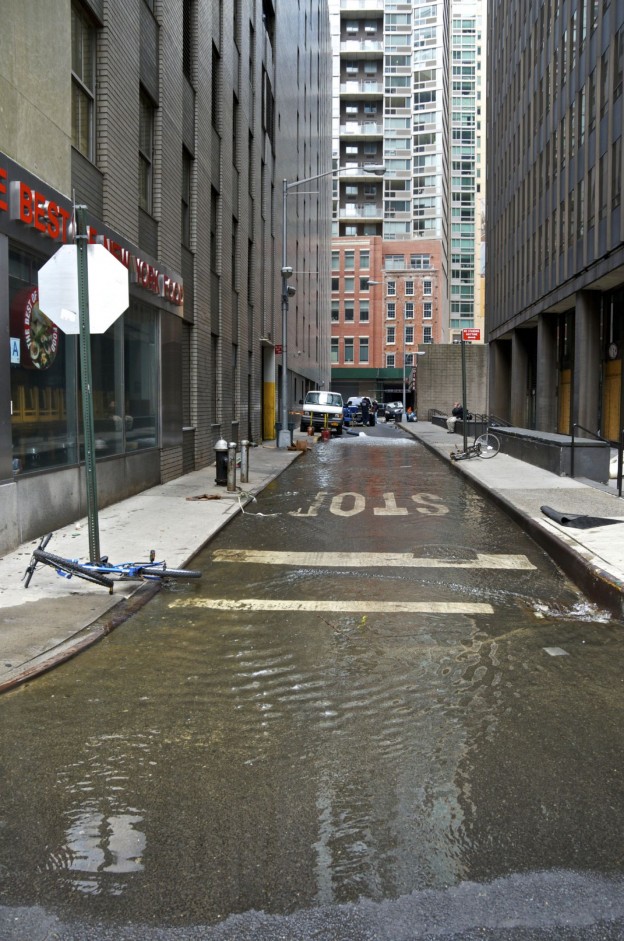
Protecting Infrastructures from Major Floods
[fa icon="calendar'] Sep 14, 2017 4:00:00 PM / by Kenneth R Quigley, PE
Flooding has dominated much of the news in recent years and this hurricane season it seems to be even more prevalent. The impact of this flooding is greater due to growing infrastructure and the rapid rate that new construction is going up.
Concrete is the modern world’s most commonly used building material however century-old concrete structures are outlasting modern concrete structures erected in the last 50-years. Why? One factor is the way in which the buildings are reinforced. According to a recent article in The Construction Specifier, instead of using solid stone, most U.S. infrastructure is constructed of reinforcing steel embedded within poured concrete. As the priorities of construction methods shift to increase productivity and streamline scheduling, long-term durability often takes a backseat.
The following article provides case studies about different reinforcement methods being employed to protect against major flooding. Read more.
Read More [fa icon="long-arrow-right"]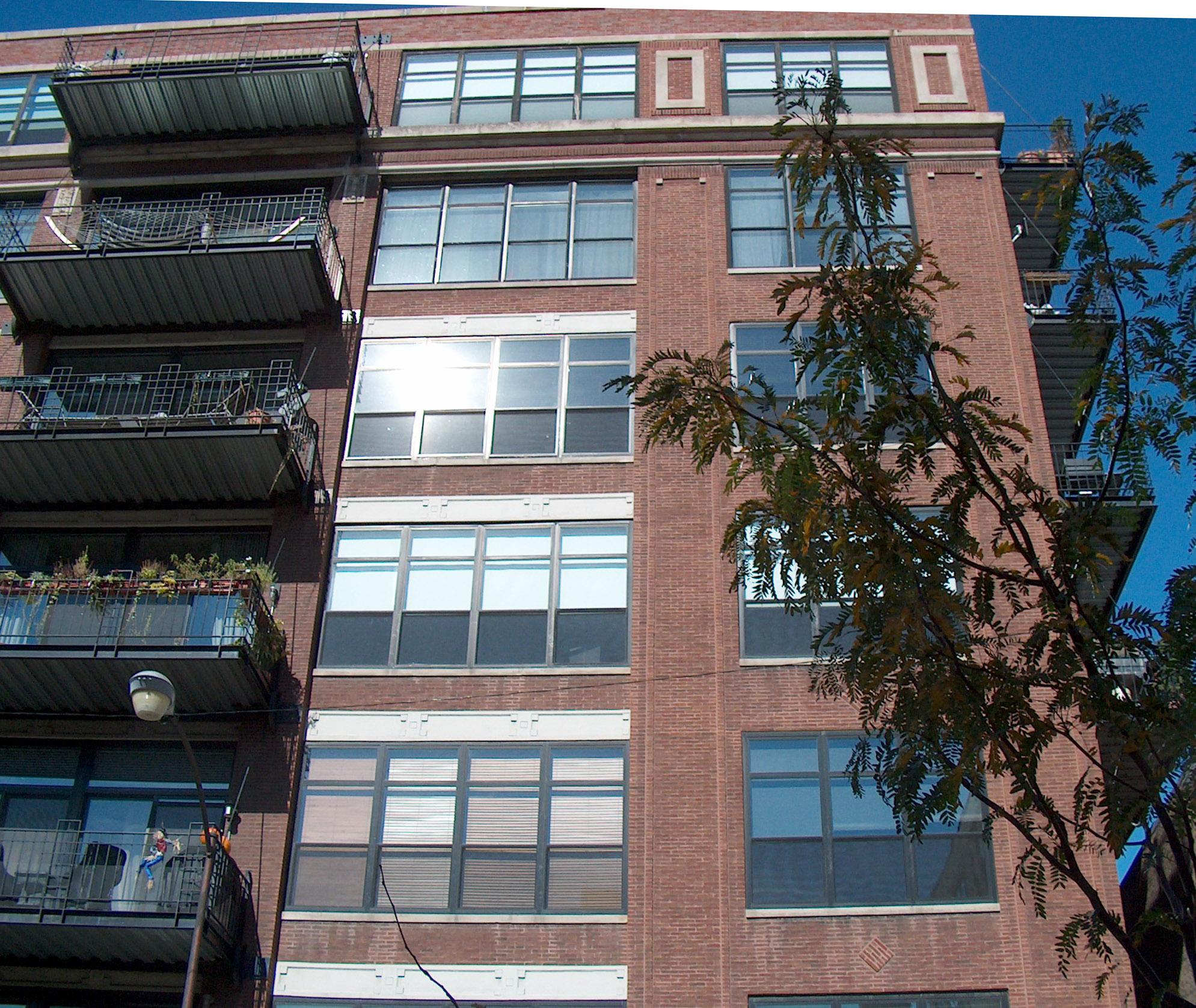
California passes new laws following Berkeley tragedy
[fa icon="calendar'] Sep 20, 2016 8:22:00 AM / by Adrienne K. Paskind, AIA
Berkeley took center stage in June 2015 when six students died tragically and another seven were injured after a balcony on which they were standing on collapsed.
As a result, the California Senate has passed a new law for the construction industry traced back to Berkeley balcony collapse. The bill was passed after a unanimous vote or 37-0 and is intended to close those accountability gaps by bringing stricter oversight to the construction industry.
Read More [fa icon="long-arrow-right"]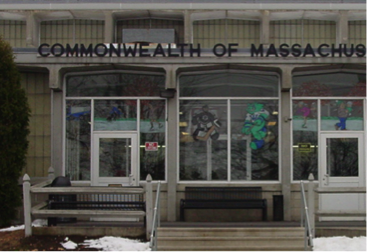
Ice Arena Improvements
[fa icon="calendar'] Jan 20, 2016 4:47:06 PM / by Adrienne K. Paskind, AIA
Over time, all buildings will exhibit wearing of components requiring assessment for replacement and/or upgrading. As ice arenas start to age, there are a number of improvements that ice facility managers can schedule for their buildings. From new roofs to window glazing replacement, renovation of entries, bathrooms, and lobbies for accessibility compliance, these updates will not only improve the users’ building experience, but will also save on operating costs by creating more energy efficient spaces. There are many benefits of upgrading and maintaining a well managed rink facility. These upgrades increase opportunities for hosting school team sports or local community sports at large. Well maintained ice arenas contribute to the well being of participants as well as observers.
Read More [fa icon="long-arrow-right"]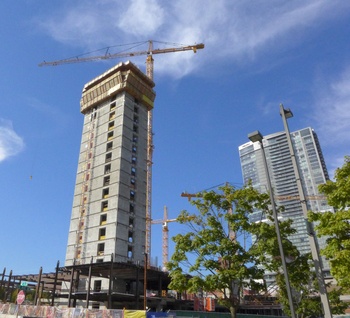
Increased skyscraper stability in Seattle using concrete
[fa icon="calendar'] Nov 9, 2015 7:30:00 AM / by John R. Manning, PE, CCM, LEED
As reported by the University of Wisconsin-Madison, a professor of engineering's solution for streamlining the construction of skyscrapers is being used in a 1.5 million square foot mixed use development in a suburb of Seattle, the Lincoln Square Expansion.
"Traditionally, coupling beams are reinforced with a labyrinth of rebar, adding a great deal of time, cost and complexity to the construction process."
The coupling beams used in the Lincoln Square Expansion, however, are built with fiber reinforced concrete, helping to reinforce the building against possible earthquake damage.
(Image credit: Cary Kopczynski & Co.)
Read More [fa icon="long-arrow-right"]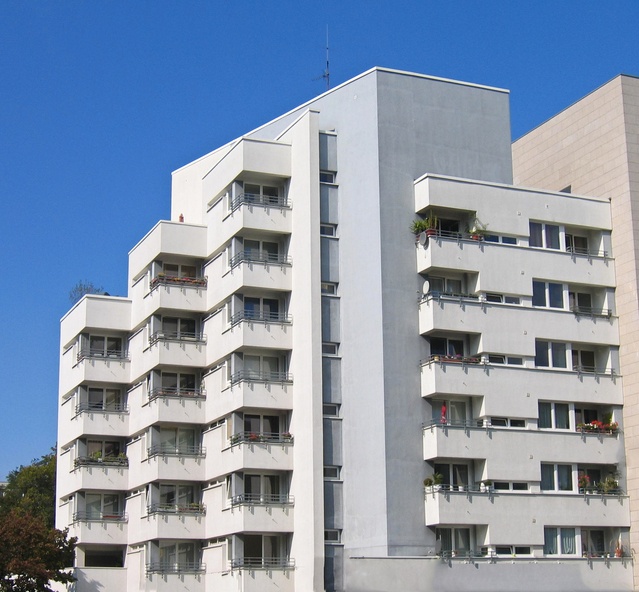
Balcony Issues: Common Structural Failures
[fa icon="calendar'] Aug 11, 2015 1:30:30 PM / by Greg Hoyt, PE
As I noted in my last blog post, and as recent news stories reveal, wood rotting and structural failures of balconies and decks can have costly consequences. The structural design and construction of decks and balconies, including their guardrails (or handrails) are critical for the safe performance of these structures and to avoid structural failure.
Signs of common balcony and deck structural failures
Of course, if you have questions concerning the structural integrity of your balcony and deck, it’s best to call a structural engineer to inspect the property and provide a professional opinion. In Boston, property owners are required to have certain facades inspected and certified within every five years. While this is not required for all properties, it is a good idea to schedule an inspection for your property’s balconies and/or decks within this time frame.
Read More [fa icon="long-arrow-right"]
Balcony Issues: Structural Performance
[fa icon="calendar'] Jun 26, 2015 2:00:00 PM / by Greg Hoyt, PE
As recent news stories reveal, wood rotting and structural failures of balconies and decks can have costly consequences. The structural design and construction of decks and balconies, including their guardrails (or handrails) are critical for the safe performance of these structures and to avoid structural failure.
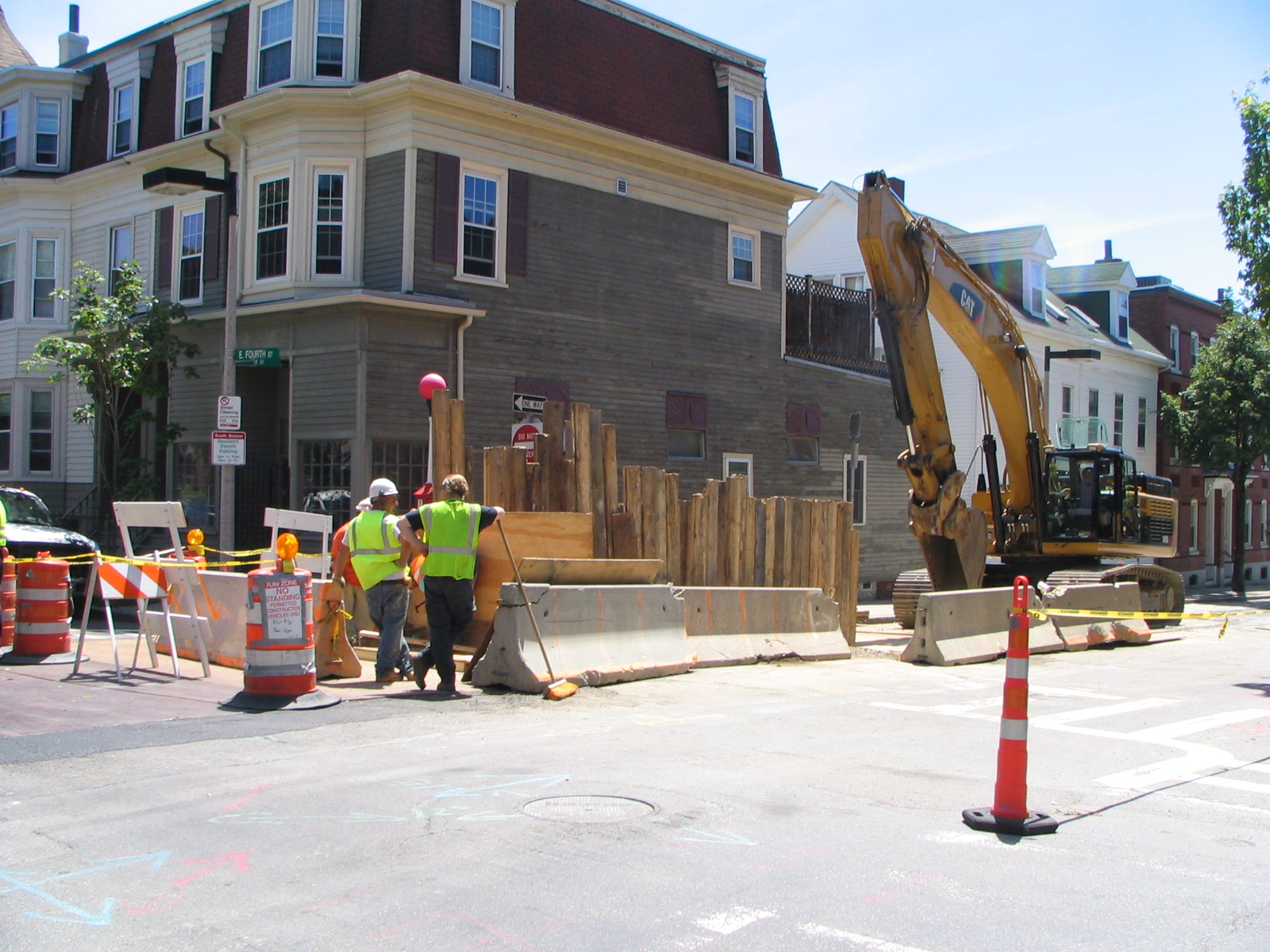
Vibration-Related Property Damage
[fa icon="calendar'] Jun 8, 2015 1:34:36 PM / by Peter A. Byrne, PE
From a contractor’s arsenal, the use of heavy construction equipment and blasting are common and efficient means of tackling various work. At some point in time it is highly likely that these types of construction activities will be employed within an area close to you.
Whether it is blasting related to mass excavation in the neighborhood, hydraulic rock breaking involved with the foundation work down the street, or the use of heavy equipment for the construction next door, the associated noise and vibration can be a nuisance at best, and often can be unsettling and possibly damaging to the area properties.
Read More [fa icon="long-arrow-right"]
The importance of industrial roof structural safety reviews
[fa icon="calendar'] May 22, 2015 6:00:00 AM / by Greg Hoyt, PE
While the media may have unnecessarily scared homeowners with the fear of house roof collapses after this year's snowstorms in New England, industrial roof failures can have costly consequences in terms of facility damage, lost production, OSHA violations, and workplace injuries. There are a number of situations that call for safety reviews of the roofs of industrial buildings.
Generally, industrial roofs should be reviewed for safety by a structural engineer every 5 years (on the conservative side), and no less than every 10 years. Providing the engineer with background documents, such as original construction drawings, weights of piping and weights of equipment can be helpful, but is not necessary.
Your structural safety review will provide you with a complete roof evaluation, including inspection of all items of distress, weakness and corrosion, and will follow with a report detailing all areas of concern and recommendations for repairs.
Read More [fa icon="long-arrow-right"]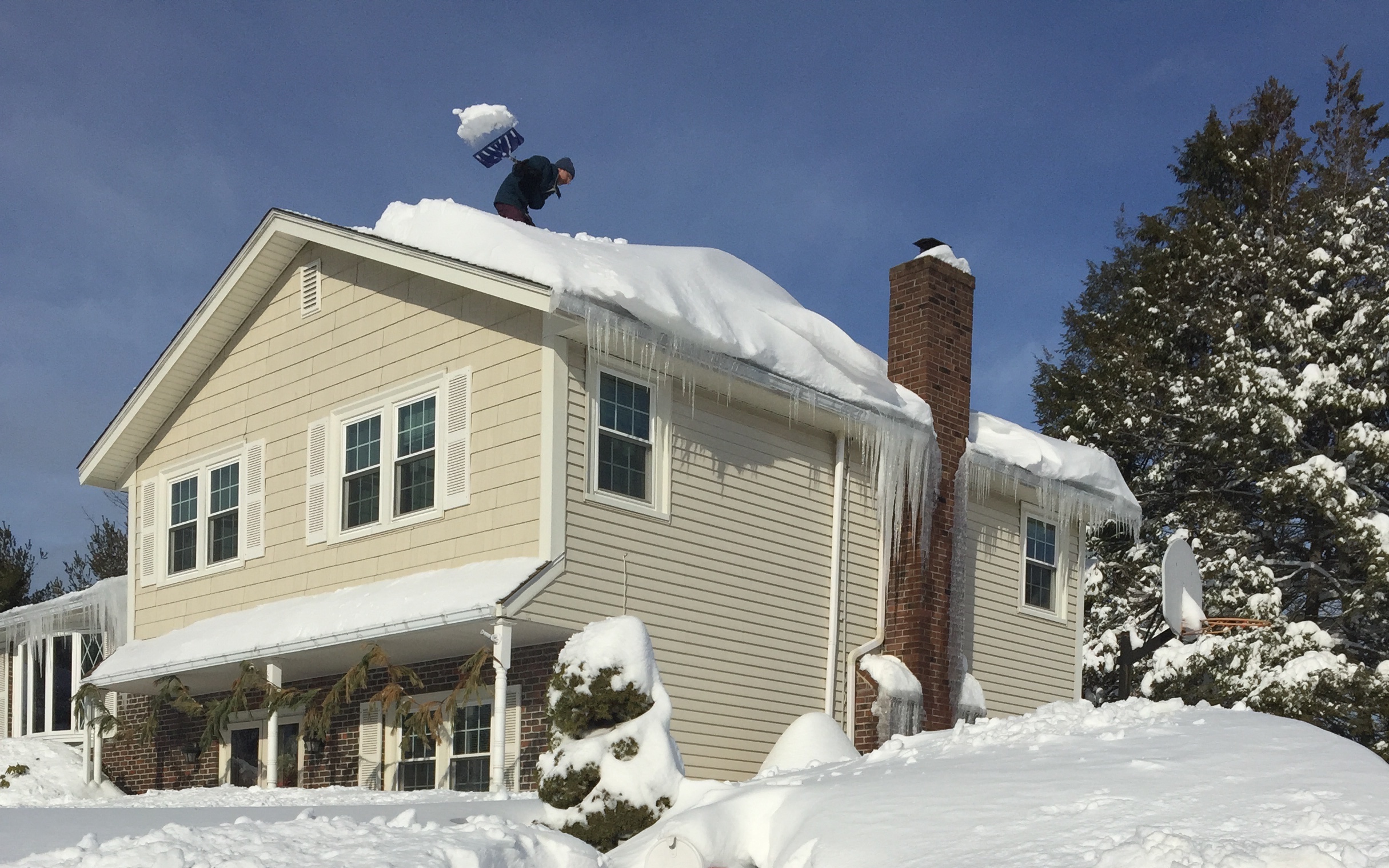
After getting this much snow, should you shovel your roof?
[fa icon="calendar'] Feb 18, 2015 5:20:00 PM / by Kenneth R Quigley, PE
Whether you own a commercial property or a single family home, the answer may offer some relief!
The winter of 2015 is one that everyone will remember for quite some time. Between record breaking snow totals, traffic tie-ups, and ice dams, everyone has a story to tell - especially the news media.
But while there are many stories being reported about roof collapses and the importance of roof shoveling, be careful to learn the facts and not shovel your roof unnecessarily. The media is known for many of their strengths - but not for their engineering capabilities.
Read More [fa icon="long-arrow-right"]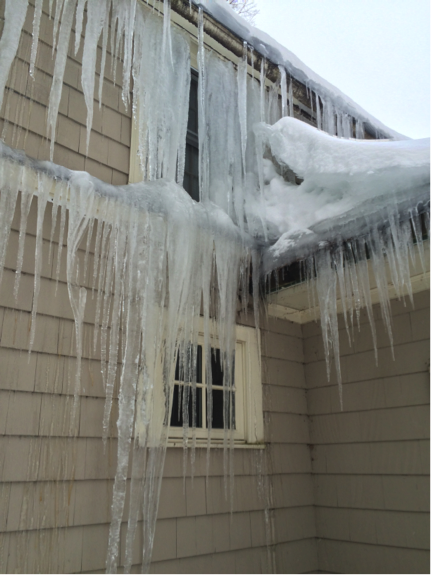
How to Cope with Cold Climate Ice Dams
[fa icon="calendar'] Feb 13, 2015 4:31:43 PM / by Clark Griffith, AIA
Another winter of excessive snow - and ice dams - is upon us
In cold, wintery climates, ice dams are just a fact of life. While some years are worse than others (depending on the amount and timing of snowfall and temperature fluctuations), this year they are back with a vengeance - particularly in the Northeast.
In new construction, proper workmanship and a variety of techniques can make it easier to prevent ice dams and their subsequent damage. But what can property owners of existing problematic buildings do - and not do - to help prevent reoccurring leaks, stains, damaged property, and the risk of mold and mildew growth?
Read More [fa icon="long-arrow-right"]
